Tuesday Obituary: Carlo Bonomi
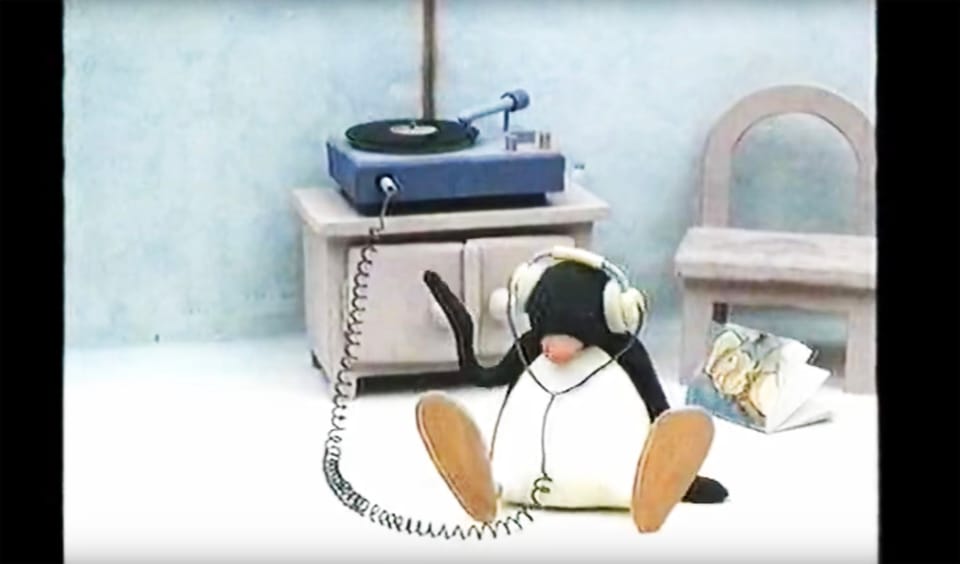
by Sahar Tavakoli
Noot, Noot, Nooting on Heaven’s Door: Carlo Bonomi has died, age 85, on August 6, 2022. He was born March 12, 1937.
Bonomi spent the early years of his professional career as a lineman. From 1971 until 1986, Bonomi lent his voice to Mr. Linea, the one-dimensional protagonist of Osvaldo Cavandoli’s animated series La Linea. Though he communicated in what has since been agreed to have been Milanese dialect, the manifold-man held national appeal. Forever tormented by his own capricious animator, Bonomi fitted Mr. Linea with the intonations and stresses of frustration for which words weren’t necessary. Mr. Linea spoke in grammelot and aggrievement is all in the suprasegmentals.
But it was on a white belly propelled by enormous orange feet that Bonomi slid into the lives of anyone watching children’s and daytime programming between 1990 and 2000. He voiced Pingu, the short-fused, Swiss-born, Antarctic penguin. His chuckling bordered on maniacal, the warble of his distress traveled on a wave that shot through the heart like a direct energy weapon, his rage was so all encompassing that it could alter phrenology. One didn’t need to be a penguin to understand what noot noot meant, it’s an echo of the universe’s first instance of someone being completely and utterly fed up, and it rings inside us all.
In his foundational Dialect, Language, Nation, Einar Haugen outlines that mechanism by which dialect is elevated to the status of language. It is a transformation that requires four steps (selection, codification, acceptance, and elaboration) and about 13 pages (922-935 but the last page and a half is references). For Haugen, the establishment of accepted language and the emergence of the nation went hand in hand: shared language was the medium by which we could formulate shared values, while the nation provided that bounded space in which those values could be expected to circulate. In the 6-ish decades following its publication, Haugen’s paper has been criticized for its somewhat whiggish treatment of dialect as language in potentia, as well as for its presentation of language as possessing superordinate status to all other modes of linguistic description.
I’d like to throw my own criticism onto the pile.* In emphasising its potential to stabilise, define, and contain, Haugen seems to forget that linguistic expression is also an instrument of communication. By this I mean, rather plainly, that language is also the way we talk, how we make ourselves understandable to one another, and how we hope others will make themselves understandable to us. What Bonomi presented was a case for the unstructured and the non-codified. It turns out that rather than posing some threat to unity, his chaotic syntax made us more intelligible to one another, whether two dimensional or three, human, animal, or plasticine.
Bonomi is survived by this TikToker as well as by her boyfriend who seems like a keeper.
*I’m not a linguist, I just have a lot of opinions and $0.02 to burn.
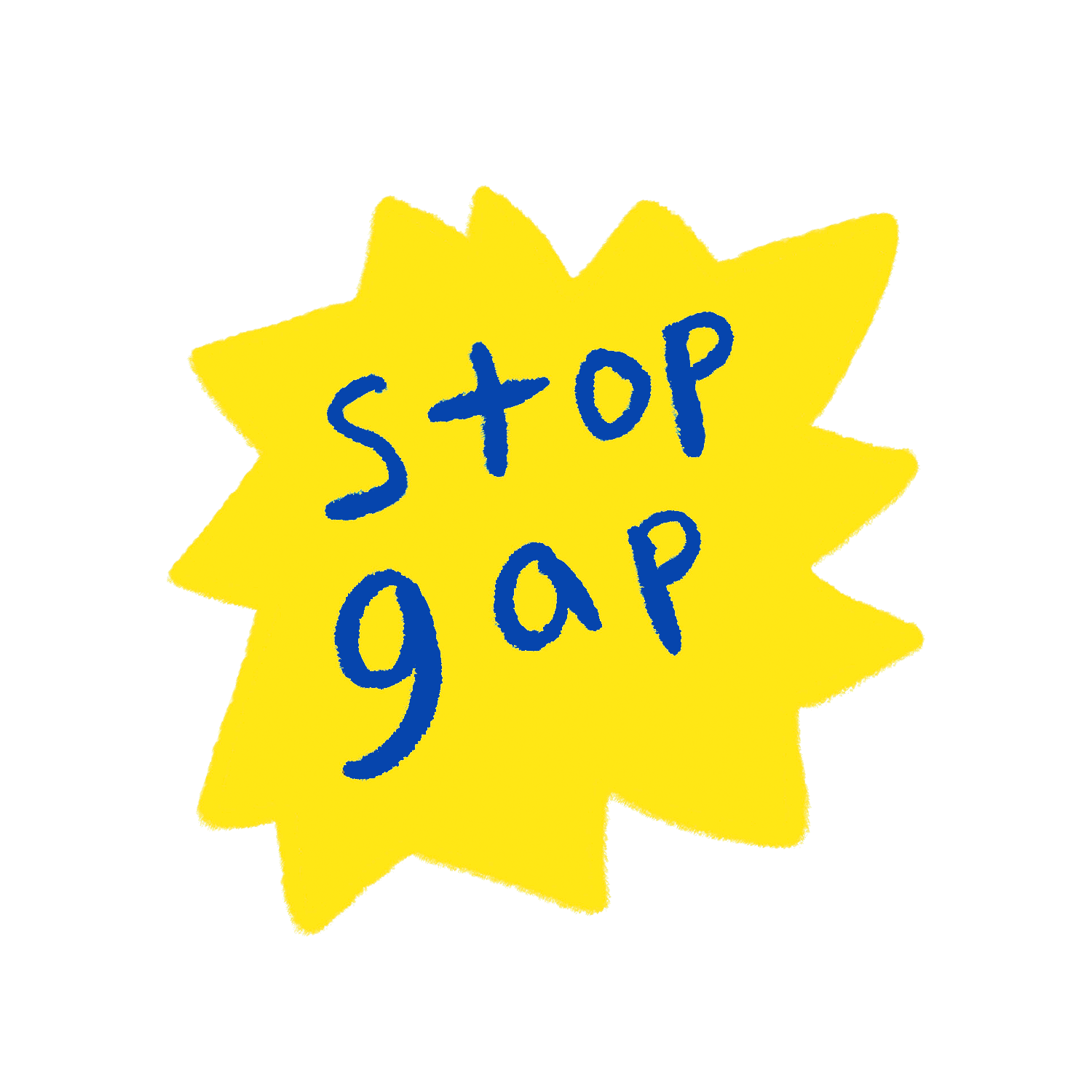
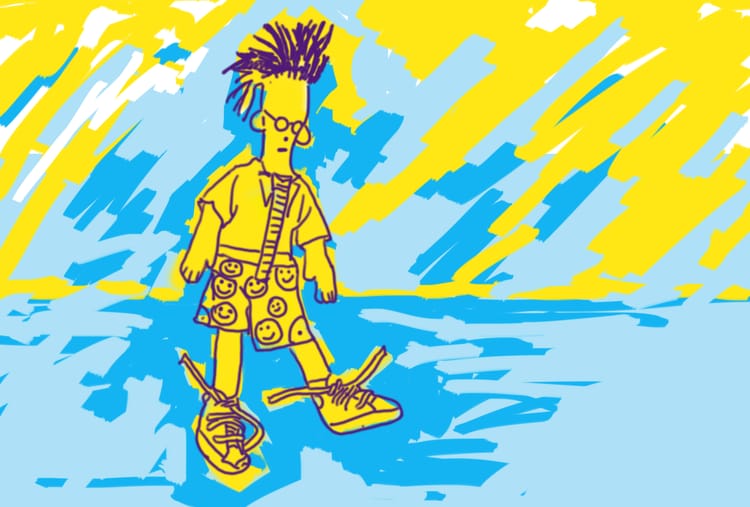
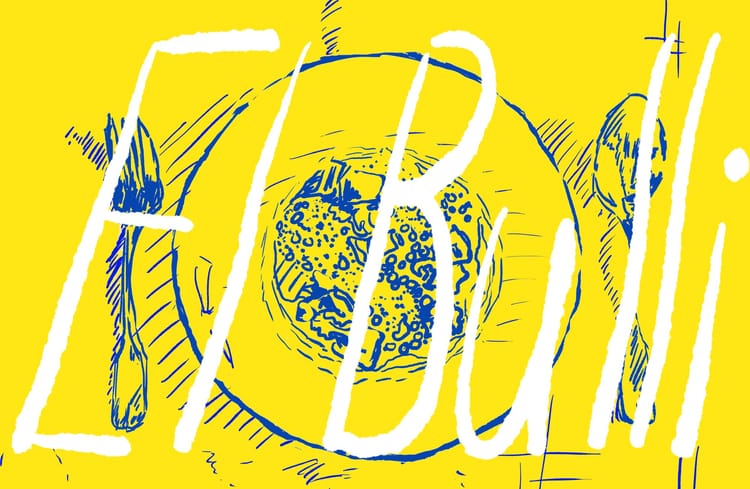
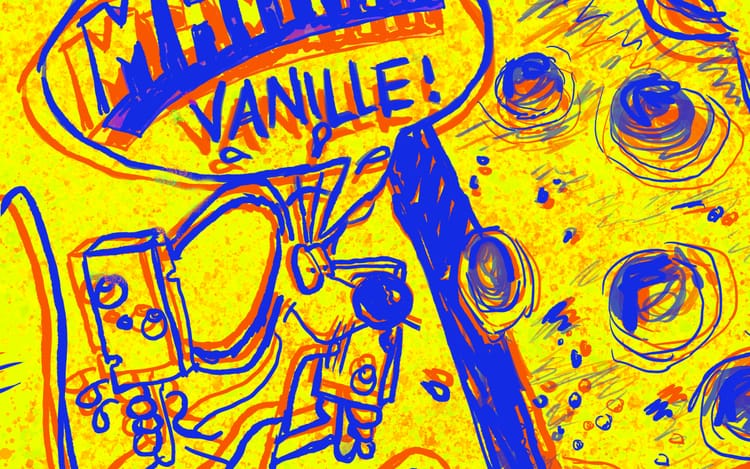
Comments ()